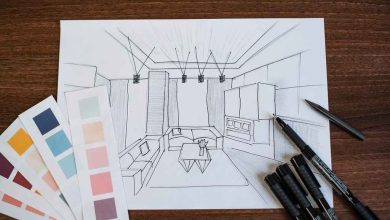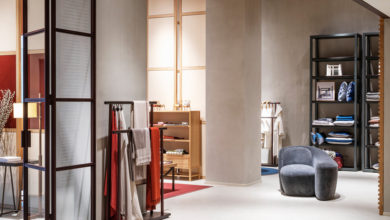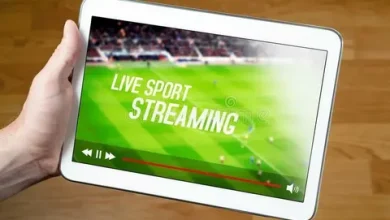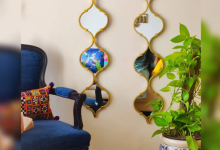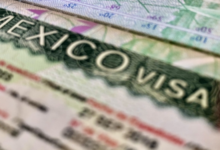The Art of Touch: Inside the World of Korean 마사지
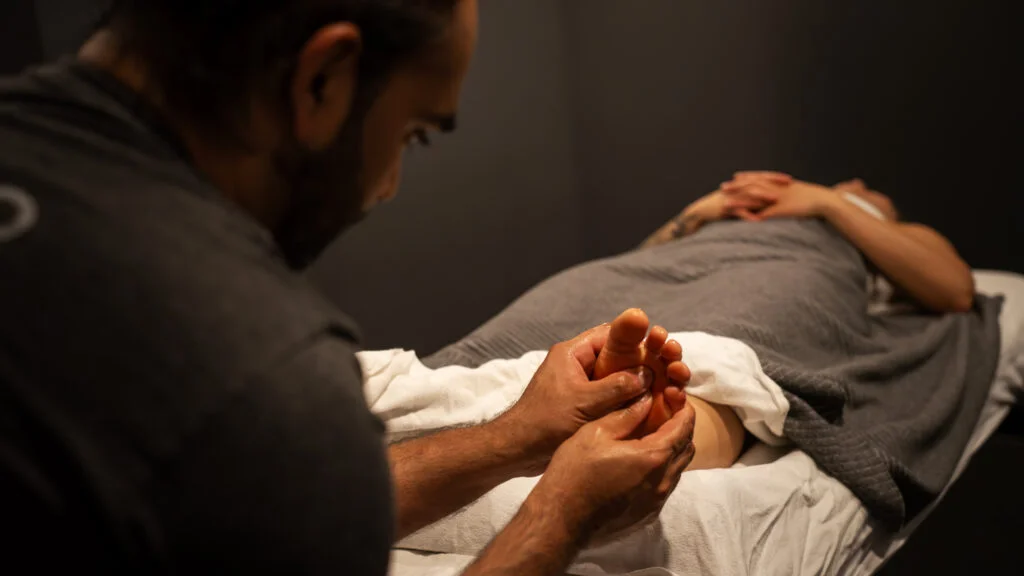
In a world that moves fast, where stress is a daily companion and physical tension creeps in with every scroll, swipe, or screen session, one ancient practice continues to offer calm and healing through something beautifully simple: human touch.
Welcome to the world of 마사지—the Korean term for massage, and a practice that’s as much about wellness as it is about wisdom. While massage exists in cultures all over the world, Korean-style massage stands out for its unique blend of Eastern healing philosophy, structured technique, and deep respect for the body’s natural flow of energy.
This isn’t just about relaxation—it’s an art form. And today, we’re stepping inside that world to explore how Korean 마사지 offers not just relief, but transformation.
A Cultural Approach to Healing
Massage, in Korean culture, is more than a luxury or an occasional treat. It’s often viewed as a vital part of self-maintenance, integrated into everyday life through traditional spas, bathhouses (jjimjilbangs), and wellness clinics across the country.
Unlike the gentle strokes of a Western-style Swedish massage, Korean massage is often more intense, more intentional, and focused on energy alignment. Think deep pressure, targeted techniques, and even the occasional ouch—all designed to open blocked pathways and restore physical balance.
Why? Because in traditional Korean and East Asian medicine, the body is seen as a network of energy channels, or meridians (경락/經絡, gyeongrak). When these channels are blocked, pain, fatigue, and illness follow. But when they’re clear and flowing freely, the body can heal itself naturally.
Key Features of Korean 마사지
What sets Korean massage apart? Here are a few signature characteristics that define this unique healing tradition:
1. Acupressure (지압)
Pressure is applied with fingers, palms, elbows, or even the therapist’s knees to stimulate specific points on the body that correspond to organs and energy lines. It’s similar to acupuncture—just without the needles.
2. Meridian Therapy (경락 마사지)
This is one of the most popular forms of Korean massage. Practitioners follow the meridian pathways, applying firm pressure to release blockages and restore energy flow.
3. Cupping & Scraping (부항 & 괄사)
Often combined with massage, cupping therapy and gua sha (scraping) are used to draw out toxins and improve circulation. These methods are popular in traditional clinics and can leave visible (but temporary) marks on the skin.
4. Thermal Therapy
Korean massages often incorporate heat therapy—through hot packs, heated stones, or infrared rooms—to warm the muscles and enhance relaxation.
A Visit to a Korean Massage Clinic: What to Expect
Whether you’re stepping into a high-end wellness spa or a neighborhood jjimjilbang, the process usually follows a rhythm that blends care and precision.
-
Consultation: The therapist may ask about your lifestyle, pain points, stress levels, and any health issues.
-
Preparation: You’ll be asked to change into comfortable clothing or a spa robe, depending on the facility.
-
The Massage: Expect deep, rhythmic pressure, stretching, and attention to detail. Some massages can feel quite intense, especially if you’re new to it—but the results often speak for themselves.
-
Post-Massage Detox: Many places offer warm tea, time in a hot room, or gentle stretching to help your body continue releasing tension and toxins.
Who Benefits from Korean 마사지?
Literally everyone. But Korean massage is especially powerful for those who:
-
Sit at a desk all day or have tech-neck syndrome
-
Suffer from chronic back or joint pain
-
Experience fatigue, insomnia, or anxiety
-
Feel “stuck,” mentally or emotionally
-
Want to support digestion, circulation, or immune health naturally
The goal is whole-body alignment—physical, mental, and energetic.
More Than Just Muscles: The Emotional Side of Massage
While the physical benefits of massage are well-documented—improved circulation, reduced muscle pain, better sleep—many people don’t expect the emotional release that can come from it.
Korean massage, especially the deeper 경락 sessions, often uncovers areas of “held tension” that go beyond the physical. It’s not uncommon for clients to experience emotional responses—sighs, tears, or even unexpected laughter—as their bodies begin to release stress they’ve been storing for weeks or months.
This speaks to the deeper truth: massage is about connection—not just between muscles and hands, but between body and mind.
Massage as a Lifestyle, Not a Luxury
In Korea, 마사지 is embraced as a regular part of wellness. Many people schedule massages weekly or monthly, not only for relief but for prevention. The mindset is simple: take care of the body before it breaks down.
This idea is slowly catching on globally, as more people understand that self-care isn’t selfish—it’s smart. And massage, with all its healing potential, can be one of the most accessible, natural tools in your wellness toolbox.
How to Incorporate Massage Into Your Routine
You don’t need to fly to Seoul to enjoy the benefits of Korean-style massage. Here are a few ways to bring this practice into your life:
-
Book regular sessions with a licensed therapist who understands acupressure or meridian-based work.
-
Visit a local Korean spa or jjimjilbang if one is available near you.
-
Learn basic self-massage techniques for the neck, hands, and feet.
-
Use a massage tool or foam roller to target tension at home.
-
Pair massage with other Korean wellness rituals like sauna, herbal tea, or meditation.
Final Thoughts: The Power of Healing Hands
In a world where everything moves so fast, massage reminds us to slow down—to reconnect with our bodies, to honor our stress, and to heal through something as ancient and beautiful as touch.
Korean massage is more than therapy—it’s a conversation between hands and the human body. It’s wisdom passed down through generations, expressed through skillful pressure, deep intention, and care.
So next time you feel worn out, anxious, or disconnected, consider stepping into the world of 마사지. Because sometimes, the most profound healing starts with the simplest gesture: a touch마사지
